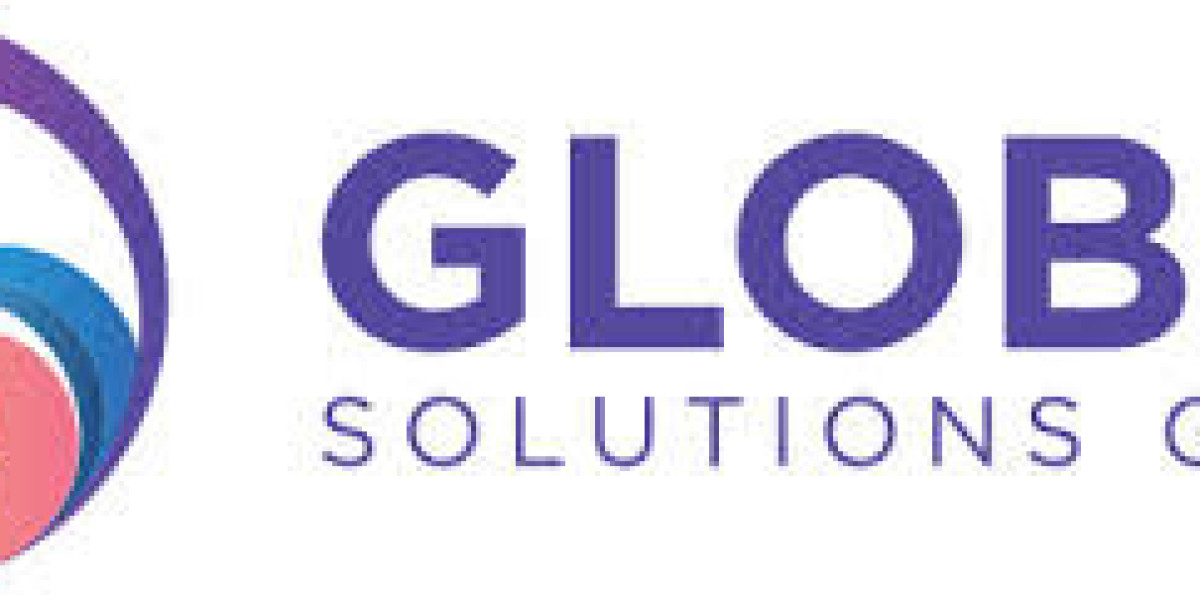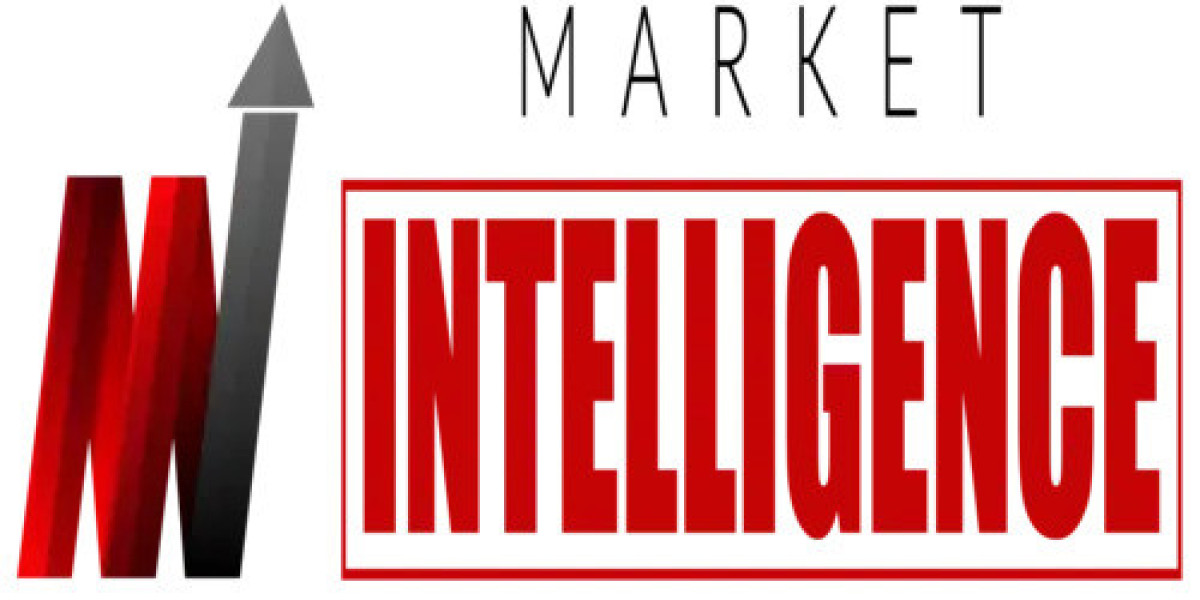In today’s competitive manufacturing environment, efficiency, accuracy, and agility are crucial to staying ahead. Modern manufacturers are embracing digital transformation through Manufacturing Production Software and Manufacturing ERP (Enterprise Resource Planning) Software to streamline processes, reduce costs, and enhance productivity.
Whether you’re running a small-scale fabrication unit or a large industrial operation, implementing the right software solution can revolutionize your production workflows. Let’s explore what Manufacturing ERP Software entails, its key features, benefits, and also the challenges you may encounter.

What is Manufacturing Production Software?
Manufacturing Production Software refers to digital tools designed to manage, automate, and optimize the entire production process — from raw material procurement to the final product. This includes planning, scheduling, inventory management, shop floor control, and quality assurance.
When integrated into a larger ERP system, this software centralizes all manufacturing operations and aligns them with other business functions like finance, sales, and supply chain.
Key Features of Manufacturing ERP Software
- Production Planning & Scheduling Helps manufacturers plan production runs efficiently based on demand forecasts, inventory levels, and resource availability. Advanced scheduling features optimize machine and labor usage.
- Inventory Management Tracks raw materials, work-in-progress, and finished goods in real-time to minimize stockouts and overstocking.
- Bill of Materials (BOM) Manages multi-level BOMs for complex products, including raw materials, components, and assembly instructions.
- Shop Floor Control Provides real-time visibility into shop floor activities including machine usage, operator performance, and production status.
- Quality Control Enforces quality checks at different production stages and tracks non-conformance and rework processes.
- Work Order Management Automates the generation, scheduling, and execution of work orders, reducing delays and improving coordination.
- Supply Chain Integratio Ensures seamless communication with suppliers and distributors for material procurement and order fulfillment.
- Cost Tracking & Estimation Monitors direct and indirect manufacturing costs to improve cost-efficiency and pricing strategy.
- Analytics & Reporting Generates reports and dashboards to measure KPIs like OEE (Overall Equipment Effectiveness), production yield, and lead time.
Benefits of Manufacturing ERP Softwar
- Improved Operational Efficiency Automation reduces manual intervention, eliminates errors, and speeds up production cycles.
- Better Resource Utilization Tracks machinery, labor, and inventory in real time, allowing optimal allocation of resources.
- Enhanced Product Quality Integrated quality control processes lead to fewer defects and higher customer satisfaction.
- Data-Driven Decision Making Real-time data and analytics enable managers to make informed decisions quickly.
- Regulatory Compliance Tracks industry-specific compliance requirements, quality standards, and audit trails.
- Scalability Easily adapts to new product lines, increased production volume, or expanding into new markets.
- Improved Collaboration Departments such as production, finance, procurement, and sales are connected under a unified system, enhancing coordination.
Use Case: A Real-World Manufacturing ERP Example
Imagine a mid-sized automotive parts manufacturer. Before implementing a Manufacturing ERP, they relied on spreadsheets and isolated systems. This led to data duplication, inventory mismanagement, and frequent delays.
After deploying a cloud-based ERP system, they achieved:
- 30% reduction in production downtime
- 25% improvement in inventory turnover ratio
- Real-time production monitoring and better supplier coordination
This transformation not only improved profitability but also boosted customer confidence.
Challenges (Cons) of Manufacturing ERP Software
Despite the many benefits, adopting ERP software in manufacturing can have some downsides:
- High Initial Investment Implementation costs can be significant, especially for small and medium-sized enterprises
- Complex Implementation Process Customizing and deploying the ERP system requires time, skilled professionals, and careful planning.
- Training and Change Management Employees may resist change or find the new system difficult to use without proper training.
- Data Migration Risks Moving from legacy systems to a new ERP can result in data loss or inaccuracies if not managed carefully.
- Ongoing Maintenance Costs Regular updates, support, and upgrades can incur additional expenses.
- Over-Engineering Some ERP solutions offer features that may not be relevant, making the system unnecessarily complex for certain users.
How to Choose the Right Manufacturing ERP Software
To ensure a successful ERP implementation, consider the following factors:
- Business Size and Complexity
- Customization Needs
- Cloud vs On-Premise Deployment
- Integration Capabilities
- User Interface and Usability
- Vendor Support and Training
- Total Cost of Ownership (TCO)
Popular ERP solutions for manufacturing include Odoo, SAP Business One, NetSuite, Microsoft Dynamics 365, and Infor CloudSuite.
Conclusion
Manufacturing Production Software and ERP systems have become indispensable tools for modern manufacturers. They not only streamline production operations but also provide the intelligence and agility needed to stay competitive in dynamic markets.
While there are challenges in terms of cost and implementation, the long-term gains in productivity, quality, and decision-making often outweigh the initial hurdles. With the right ERP partner and a clear strategy, manufacturers can unlock unprecedented growth and operational excellence.



